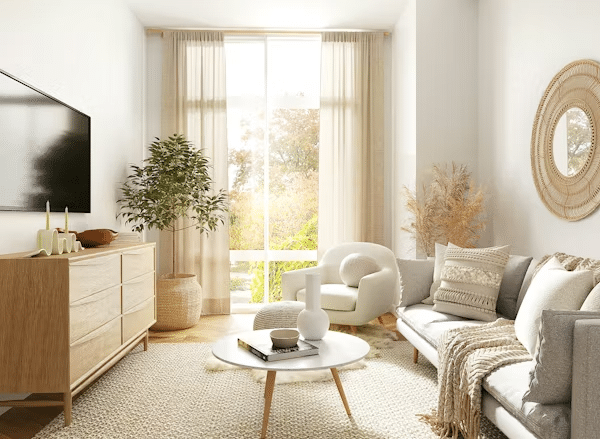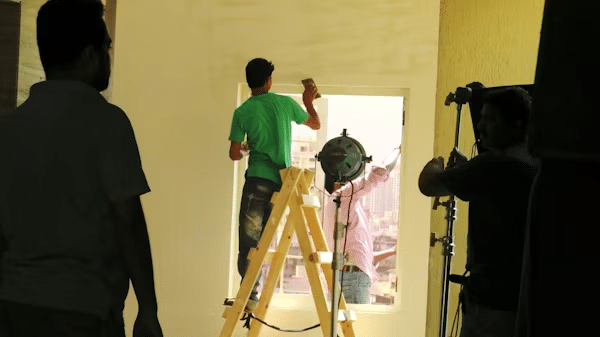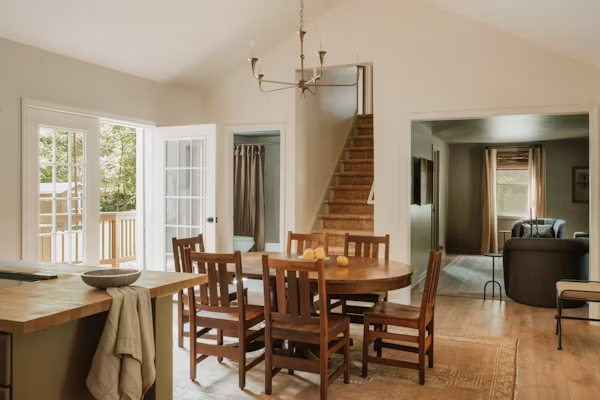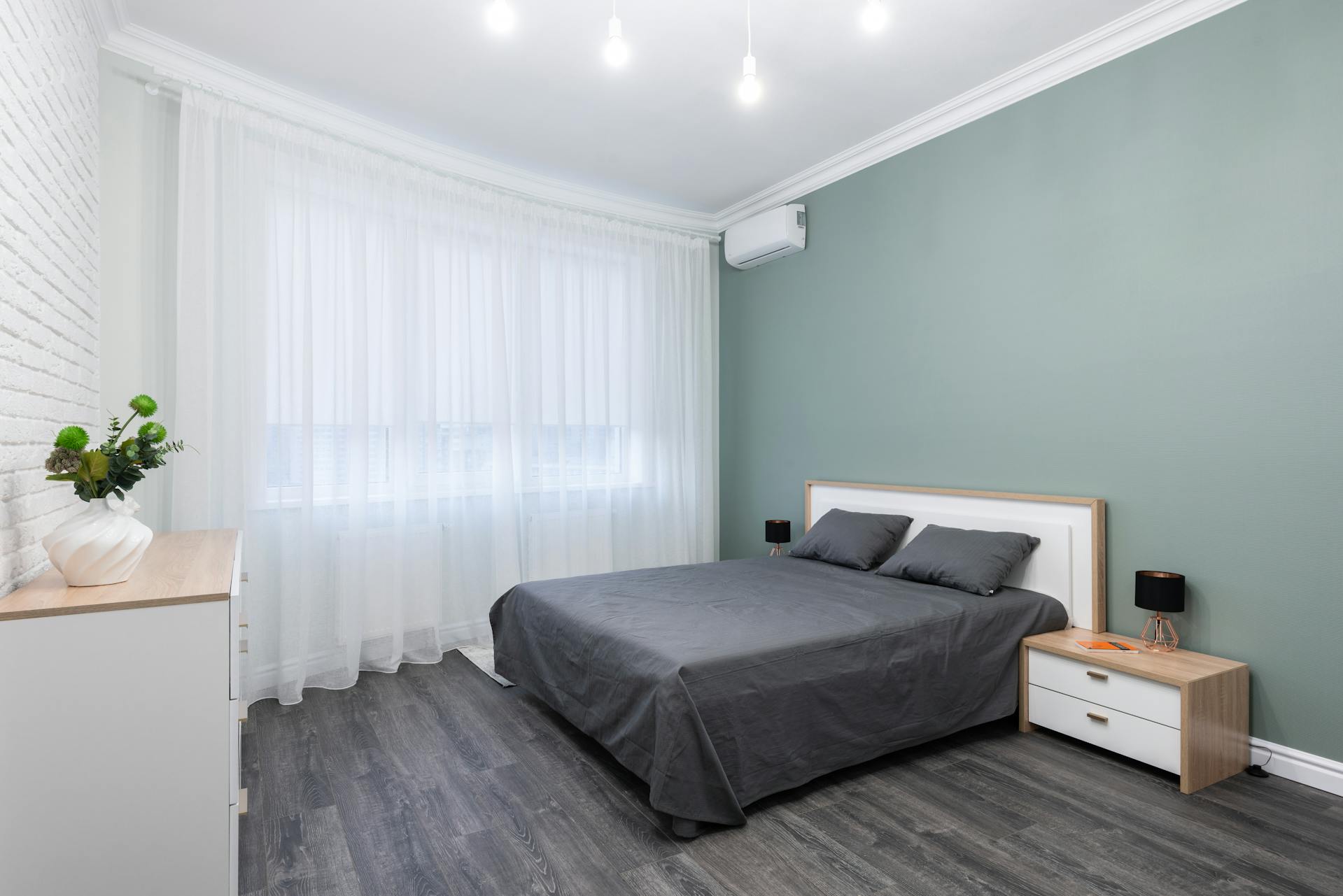How to Transform Your Home From Tired to Inspiring: A Practical Guide to Refreshing Every Room
There’s something undeniably satisfying about walking into a home that feels fresh, organised, and genuinely yours. Maybe you’ve been staring at the same scuffed walls for three years. Perhaps your garage has become a graveyard for broken furniture and boxes you haven’t opened since your last move. Or it could be that your living room just feels… off, like it’s missing something you can’t quite put your finger on.
Whatever the case, refreshing your home doesn’t require a lottery win or a reality TV makeover crew. What it does require is a smart approach, a willingness to tackle things in the right order, and the patience to see it through. The transformation happens when you stop thinking of home improvement as one overwhelming project and start treating it as a series of manageable steps.
This guide walks you through exactly that from clearing out the clutter that’s been weighing you down, to adding the finishing touches that make a house feel like home. Whether you’re preparing to sell, settling into a new place, or simply ready for change, these strategies will help you create a space you actually want to spend time in.

Start With a Clean Slate: The Power of Decluttering
Here’s a truth that most home renovation articles gloss over: no amount of new paint, fancy furniture, or designer accessories will make your home feel good if it’s drowning in stuff you don’t need, use, or love. Decluttering isn’t just the first step in a home refresh, it’s the foundation everything else builds upon.
The psychological weight of clutter is well-documented. Studies consistently show that messy, disorganised spaces increase cortisol levels and make it harder to relax. That pile of magazines from 2019? The exercise bike collecting dust in the corner? The kids’ toys they outgrew five years ago? They’re not just taking up physical space, they’re occupying mental real estate too.
Start by going room to room with three categories in mind: keep, donate, and discard. Be ruthless. If you haven’t used something in the past year and it doesn’t hold genuine sentimental value, it’s probably time to let it go. This isn’t about minimalism for minimalism’s sakeit’s about making room for what actually matters.
Now, here’s where many people hit a roadblock. Once you’ve made those tough decisions and created a mountain of items to remove, what do you actually do with it all? Multiple trips to the tip eat up entire weekends. Charity shops have increasingly strict policies about what they’ll accept. And leaving bags of stuff in the hallway “just for now” has a way of becoming permanent.
For larger cleanouts, think garage overhauls, pre-renovation purges, or finally tackling that spare room that became a dumping ground skip bins hire in Sydney offers a practical solution that saves time and sanity. Having a bin delivered to your property means you can work at your own pace, tossing items as you sort through them rather than playing Tetris with your car boot for weeks on end. It’s one of those services that sounds like a luxury until you’ve used it, and then you wonder why you ever did things differently.
The key is matching bin size to your project. A bathroom renovation generates different waste than a full house declutter. Most providers offer guidance on sizing, and it’s generally better to go slightly larger than you think you’ll need. Nothing derails momentum like running out of space halfway through.

Fresh Walls, Fresh Perspective: Why Paint Makes All the Difference
Once the clutter is cleared, you’ll likely notice things you’d stopped seeing the scuff marks at kid-height along the hallway, the patches where furniture used to sit, the way certain rooms feel darker or smaller than they should. This is where paint enters the conversation, and honestly, it’s the most transformative tool in any home improver’s arsenal.
A fresh coat of paint does more than cover imperfections. It changes how light moves through a room, affects your mood, and instantly modernises dated spaces. That builder’s beige that came with the house? It served its purpose, but it’s not doing your home any favors. Neither are the accent walls that seemed trendy in 2015 but now feel heavy and dated.
Choosing colours can feel overwhelming, but a few principles help narrow things down. Considering the light each room receives, north-facing spaces benefit from warmer tones that counteract the cooler light, while sun-drenched rooms can handle cooler whites and greys without feeling sterile. Think about flow between spaces, especially in open-plan layouts where too many competing colours create visual chaos.
For the actual painting, you have two options: DIY or professional. Be honest with yourself about which makes sense. Painting a feature wall in a bedroom? Probably manageable with a weekend, YouTube tutorials, and patience. Repainting the exterior of a two-storey home with detailed trim work? That’s another story entirely.
Professional painters bring more than just labourthey bring expertise in surface preparation, the right equipment for the job, and an understanding of how different paints behave in different conditions. Finding a skilled painter Perth residents trust, or wherever you’re located, can make the difference between a finish that looks pristine for years and one that starts peeling within months.
The prep work is where most DIY paint jobs fall short. Professionals know that the filling, sanding, and priming that happens before the first coat of colour goes on determines everything that follows. They understand drying times, the importance of environmental conditions, and how to cut clean edges without tape marks. If your budget allows, it’s often worth investing in professional work for high-impact areas like living spaces and exteriors while saving the DIY approach for bedrooms or less visible spaces.

Defining Your Space: The Art of Intentional Interiors
With clutter cleared and walls refreshed, you’re working with what’s essentially a blank canvas. This is the exciting part where your home starts reflecting who you actually are rather than who lived there before or what the builder’s default settings suggested.
Room definition is something that often gets overlooked, especially in open-plan layouts that have dominated Australian home design for decades. That big, flowing space seemed ideal on the floor plan, but in reality, you might find yourself wondering where the living room ends and the dining area begins. Furniture placement helps, but it’s often not enough.
This is where floor coverings become surprisingly powerful design tools. Rugs in particular can anchor furniture groupings, create visual boundaries, and add warmth and texture to spaces that might otherwise feel cold or echoey. A well-placed rug under your dining table separates that zone from the adjacent living area more effectively than any imaginary line ever could.
If you’re unsure where to start, exploring creative rug ideas can open up possibilities you might not have considered. Layering rugs, using runners to define pathways, placing smaller rugs to create reading nooks within larger rooms, these techniques can completely change how you experience and move through your home.
Size matters more than most people realise. The most common mistake is buying rugs that are too small, which has the opposite of the intended effect. Instead of anchoring a space, an undersized rug makes furniture look like it’s floating awkwardly. For living areas, all main furniture should sit on the rug, or at minimum, the front legs of sofas and chairs should rest on it. Dining rugs need to extend at least 60 centimetres beyond the table on all sides so chairs remain on the rug when pulled out.
Texture and colour choices should complement your freshly painted walls while adding visual interest. If your walls are neutral, rugs offer an opportunity for pattern or colour. If you’ve gone bold with wall colours, a more subdued rug might be the right call. Consider also the practical elements high-traffic areas need durable, easily cleaned materials, while bedrooms can accommodate softer, more luxurious options.

Bringing It All Together: The Details That Matter
With the big elements in place, clear spaces, fresh walls, defined zones, it’s the smaller touches that complete the transformation. These are the details that make visitors comment on how lovely your home feels, often without being able to pinpoint exactly why.
Lighting deserves serious attention. Most homes rely too heavily on overhead fixtures, which creates flat, unflattering illumination. Layer your lighting with a combination of ambient, task, and accent sources. Table lamps, floor lamps, and even candles create warmth and dimension that a single ceiling fixture simply cannot provide.
Plants bring life into rooms in a way nothing else can. Even if you don’t consider yourself green-thumbed, plenty of low-maintenance options thrive on neglect. A tall fiddle leaf fig in a corner, trailing pothos on a shelf, or a collection of succulents on a windowsill adds organic texture and improves air quality as a bonus.
Soft furnishings, cushions, throws, curtains offer an opportunity to introduce colour and pattern without commitment. These elements can be swapped seasonally or whenever you fancy a change, making them perfect for experimenting with trends you’re not ready to fully embrace.
Finally, consider what goes on your walls. Art doesn’t have to be expensive framed prints, personal photographs, or even interesting textile pieces can make blank walls feel considered and personal. The key is scale and placement. Too-small pieces hung too high are common mistakes. Art should be hung at eye level, and larger pieces or groupings generally work better than scattered small items.
The Ongoing Practice of Home Care
Transforming your home isn’t a one-time eventit’s an ongoing practice. The good news is that once you’ve done the heavy lifting of decluttering, painting, and styling, maintenance becomes infinitely easier. Regular small efforts prevent the need for future major overhauls.
Build habits that support your refreshed space. Deal with paper and mail daily rather than letting it pile up. Adopt a one-in-one-out policy for possessions. Touch up paint marks and scuffs as they appear rather than waiting until they multiply. Address small repairs before they become big problems.
Your home should support how you actually live, not create additional stress or work. The effort you put into refreshing your space pays dividends in how you feel every single day when you walk through the door. That tired, overwhelmed feeling gets replaced with something calmer, a sense that you’re exactly where you’re meant to be.
There’s no perfect home, no final “after” photo where everything stays frozen in magazine-worthy perfection forever. Life happens, things accumulate, kids grow, needs change. But starting from a place of intention clear, fresh, and thoughtfully arranged means you’re always just small adjustments away from feeling at home again.







